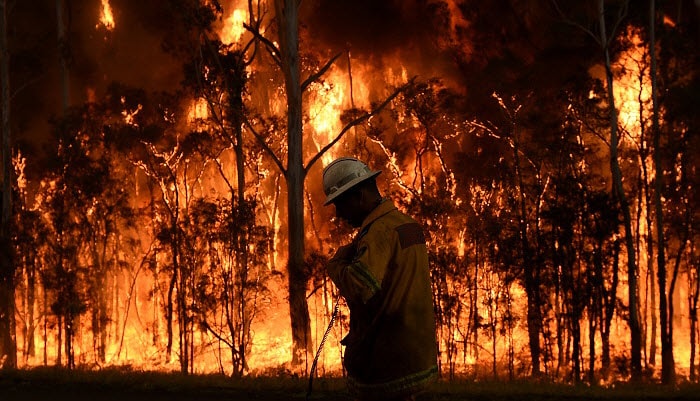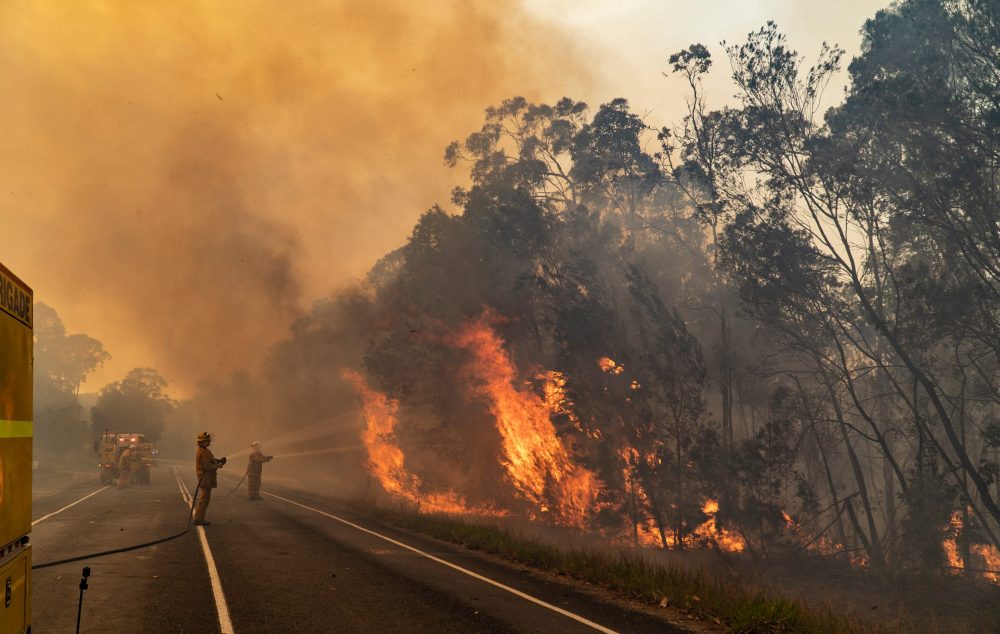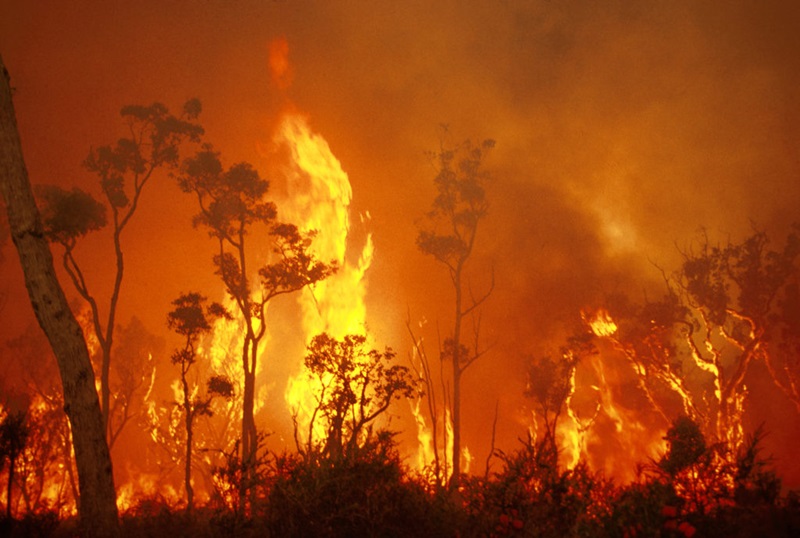Just How BAL Record Impacts Bush Fire Security Actions
In the realm of bush fire security, the Building Assault Degree (BAL) record stands as an important tool that substantially affects the safety and durability of properties in fire-prone areas - BAL Report. The effect of a BAL analysis expands far past plain documents; it functions as the cornerstone for figuring out the ideal construction criteria and fire protection procedures essential to mitigate the risks positioned by bushfires. As areas face increasingly severe fire periods, understanding exactly how the BAL report shapes these safety steps comes to be paramount for property owners, policymakers, and building contractors alike
Comprehending the Bushfire Assault Degree

Significance of BAL Record Assessment

Moreover, the BAL report analysis works as a fundamental action in conforming with lawful responsibilities and demands connected to bushfire protection. Local councils and authorities frequently mandate the entry of a BAL report as component of the planning and structure approval process to guarantee that properties are appropriately secured versus bushfire threats. Falling short to carry out a comprehensive BAL record evaluation can cause poor security actions, leaving residential or commercial properties vulnerable to ruining bushfire cases.
Building And Construction Requirements Based on BAL
A comprehensive understanding of the Bushfire Strike Level (BAL) makes it possible for residential or commercial property owners to execute building and construction standards customized to their particular risk account. Building requirements based on BAL are critical in mitigating the impact of bushfires on buildings. The BAL score categorizes the potential danger a building encounters during a bushfire on a scale from BAL-Low to BAL-FZ (Flame Zone)
Carrying Out Fire Defense Actions
With the foundation of building and construction criteria based upon Bushfire Attack Level (BAL) in position, the emphasis now changes in the direction of the sensible implementation of fire defense actions to fortify properties against bushfire hazards. Executing fire protection actions includes a combination of passive and active techniques to improve the resilience of structures in bushfire-prone locations. Passive actions include using fire-resistant building materials, setting up ember guards on vents, securing gaps in wall surfaces and roof coverings, and maintaining a clear space around the residential or commercial property complimentary from combustible plant life. Energetic actions incorporate having firefighting devices conveniently available, such as hoses go to this web-site and water pumps, in addition to producing a defendable space around the building by removing greenery and having a well-maintained garden. Furthermore, developing an evacuation plan and making certain all residents recognize emergency situation treatments are vital parts of effective fire security measures. By incorporating both passive and energetic strategies, residential or commercial properties can substantially minimize their susceptability to bushfire incidents and enhance the security of residents.
Safeguarding Houses Versus Bushfires
Effectively guarding homes versus the harmful effects of bushfires requires a extensive and aggressive technique linked here to fire security steps. Additionally, securing vents and gaps to avoid ember breach, as well as integrating fire-resistant doors and windows, can assist fortify the home's protection against bushfires. By embracing an aggressive stance and incorporating these safety steps, house owners can considerably raise their chances of guarding their homes versus bushfires.
Verdict
Finally, the Bushfire Attack Degree (BAL) report plays a critical function in figuring out the needed protection actions against bushfires. By assessing the BAL, building and construction standards can be customized to reduce the threats and make sure the safety of homes in fire-prone locations. Applying fire security actions based on the BAL record is vital in securing properties from prospective bushfire hazards. It is imperative for home owners to focus on BAL evaluations and follow recommended building and construction standards to improve bushfire resilience.
In evaluating bushfire threat to properties, comprehending the Bushfire Assault Degree (BAL) is a vital element for carrying out efficient protection measures. In general, a clear understanding of the Bushfire Strike Level is necessary for applying adequate security measures and reducing the effect of bushfires on residential properties.
